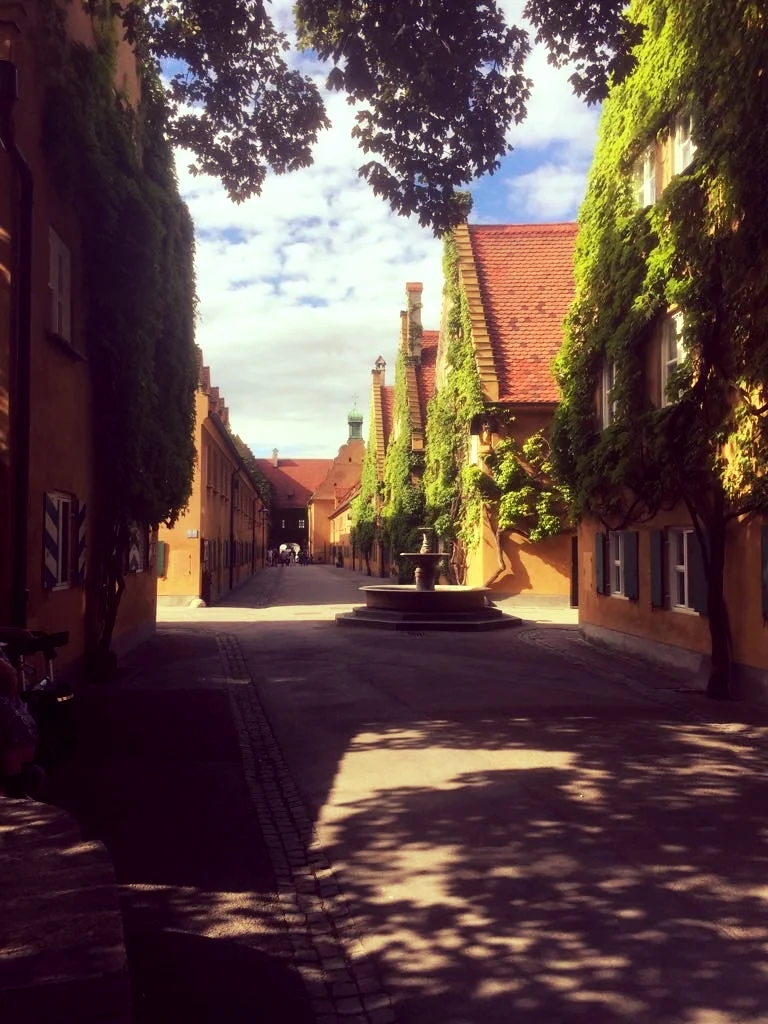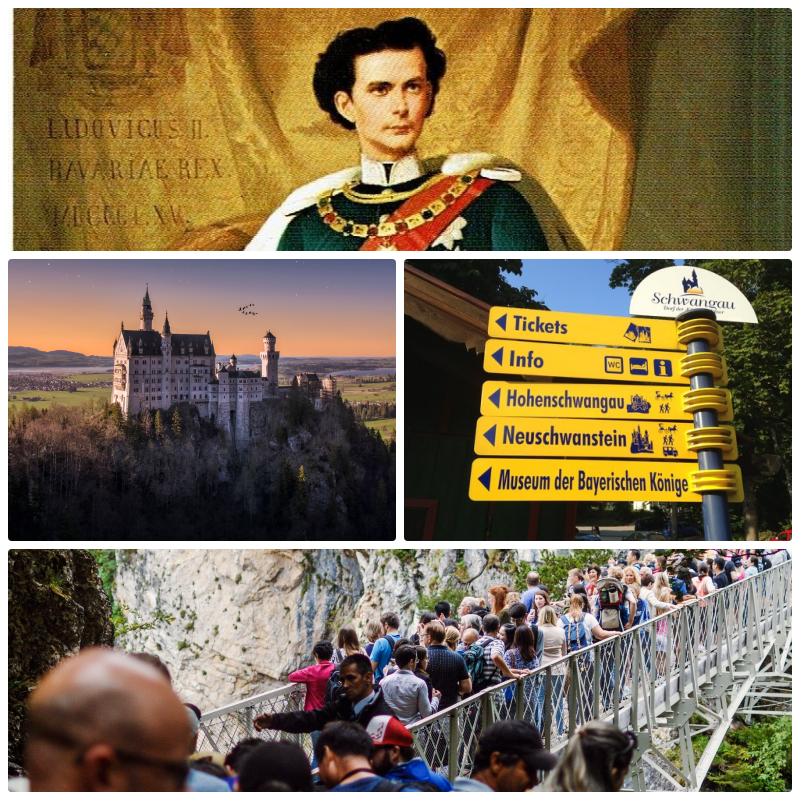All Roads Lead to Neuschwanstein
We may be a few weeks away from August, but already my German colleague’s minds are turning to holiday preparation. A normal day consists of requests for help on how best to conduct a meeting in English, explaining that no one needs or wants to sit through 86 powerpoint slides or highlighting why the phrase “Unfortunately, your application was not accepted” is not the same as “your application is unacceptable”. Instead of these normal challenges, my German colleagues are asking for help writing their “out of office” emails that will be automatically sent out while they are sunning themselves on a beach. Many of these emails will start hitting inboxes very soon, which underlines two points; Germany’s reputation for preparation is well founded and it is entirely pointless to contact any Bavarian during August. Germany’s most Southern state is essentially closed for business from 1st August, the only business going on are various reciprocal automatic emails, mostly written by someone like me. It is nice to have a purpose.
The question of holidays is a strange one for the expat, given that often what we call a holiday is actually returning to the places we left, marvelling at which bars have been repainted and sleeping on a variety of spine crippling futons. If the idea of returning does not appeal, most expats will have their former homes come to them in the form of relatives and friends arriving to take advantage of equally uncomfortable futons. As wonderful as the arrival of family is for most expats, it does present some challenges, namely what do you do while they are here? The first few visits are usually the easiest. Any point of interest in the local area will do, whether that is the local clog museum or Werner’s House of Schnitzel, it all fits the touristy expectations of family members. The real problems begin after five or six visits. This is the point that your family become seasoned holidaymakers, no longer satisfied by monotone city tours and generic traditional German restaurants. It is at this point that new ideas are required, it is time to visit Neuschwanstein.
Neuschwanstein is easily one of the most iconic sites in the whole of Germany, and a popular tourist attraction. This is unsurprising given that it is the real life inspiration for Disney’s Cinderella Castle, situated among the extraordinary scenery of the Bavarian Pre-alps. Although it may look older, the castle was actually built in the middle of the 19th century by the eccentric monarch Ludwig II of Bavaria. Despite being in charge during a turbulent period in German history, Ludwig found time to spend his fortune on building a series of elaborate castles, culminating in the fantastic, Neuschwanstein. The castle included an indoor cave, taps that flowed with ice cold Alpine water and throne room. Ludwig had been inspired by the works of Richard Wangner, which drew heavily from German history and folklore. The theatricality of Schloss Neuschwanstein was ensured by Ludwig’s appointment of Christian Jank, a stage designer, who created the initial sketches of the castle which were converted into architectural plans. Sadly, Ludwig’s obsession with Neuschwanstein and many other castle building projects were ultimately his undoing. After amassing 14 million Marks worth of personal debt, his projects were considered by his ministers to be negatively impacting the Bavarian economy, despite Ludwig never having spent public money. He was deposed after accusations of insanity and a few days later was found drowned, alongside the only witness, his physician.
Ludwig’s legacy of castle building, coupled with his mysterious death created a booming tourist economy that has easily repaid the vast amounts of money expended on building Neuschwanstein. Ironically, the Bavarian monarchs plan to create romantic fantasy surroundings has also been successful, with the castle featuring in many movies, most memorably in Chitty Chitty Bang Bang. Inspired by Ludwig's story, every year thousands of visitors make their way up the mountain side, either on foot, by bus or horse drawn cart. Once at the gates of the castle, tourists can take the very short, but interesting guided tour through the finished rooms of the castle. Although Ludwig spent a lot of money, the castle was never actually finished and there remains many areas that are mere shadows of what was originally intended.
There may be many visitors taking tours through the castle, but surprisingly there are very few Germans among them. Almost none of my German friends have actually seen the castle in person and when they have been, they are usually more interested in the actions of the many tourists than anything Ludwig built. Japanese tourists are usually the first thing mentioned when speaking to a German about Neuschwanstein. I actually think the Germans only go to marvel at the speed with which Japanese tourists pile out of their buses, do the tour, buy a load of castle based trinkets and pile back on the bus again. This is mostly because Japanese tourists have only nine days (on average) to see everything. I am guessing that there is an inherent respect for the efficiency of Japanese tourist trips that speaks profoundly to the German condition.
For their part, the Bayerische Verwaltung der staatlichen Schlösser, Gärten und Seen or Bavarian Department of State-owned Palaces, Gardens and Lakes has created well oiled tourist machine. Neuschwanstein does have the reputation as a tourist trap, which is abundantly clear the moment someone attempts to sell you a €400 cuckoo clock or a range of fetching dish towels featuring Bavarian mountain scenes, and it can be tough navigating a path through safari vest wearing geriatrics and groups of people inexplicably photographing everything using their ipads. Yet, it is one of the most iconic images of Bavaria, one that should be experienced. It may no longer contain the mad King or a flying musical car, but it is a suitable place to distract various relatives for a few hours.








